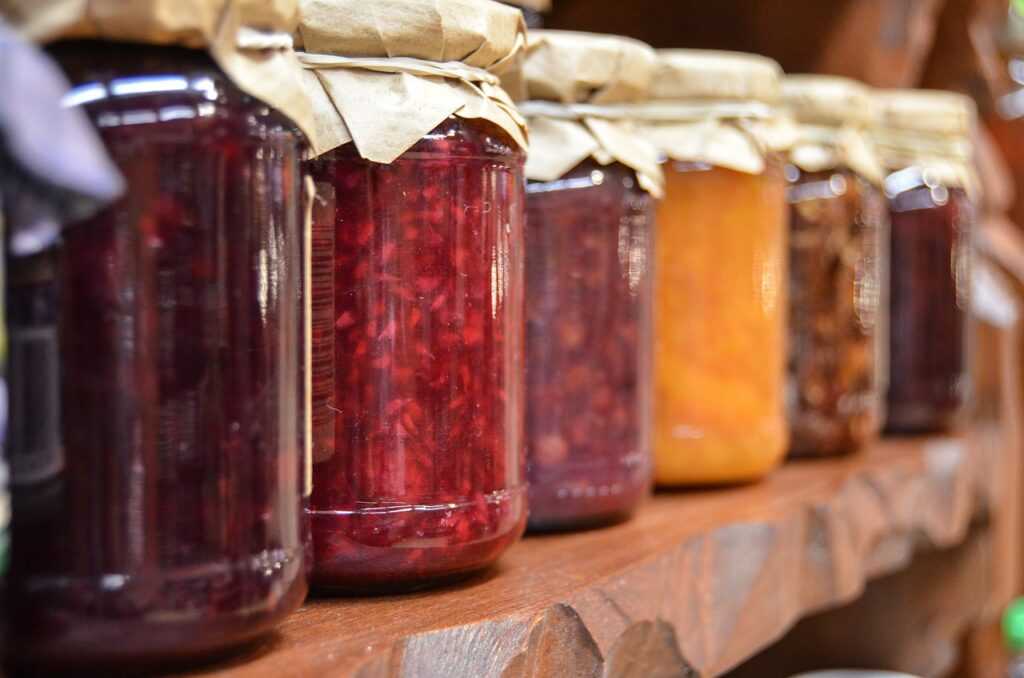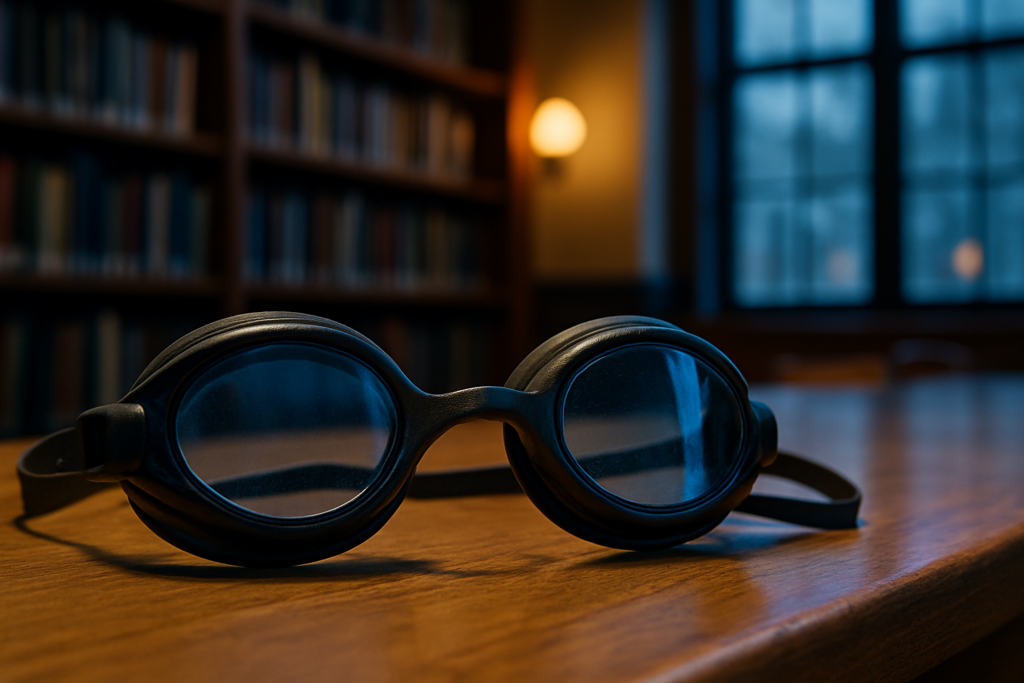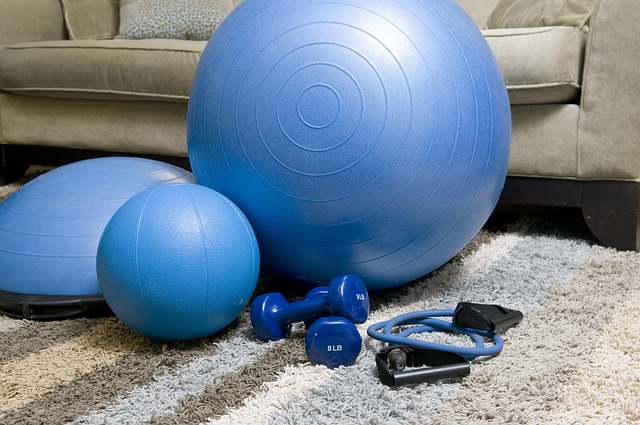Pimple Exudate
Pimples are a common skin issue that many people face, and the clear fluid that comes out of a pimple can provide insight into its nature. Understanding what this fluid is and how to deal with it is essential for proper skincare. Let’s delve into this topic to shed some light on this often bothersome aspect of pimples.
What is Pimple Exudate?
Definition: Pimple exudate refers to the clear fluid that comes out of a pimple when it is popped or squeezed. Composition: This fluid primarily consists of white blood cells, dead skin cells, and bacteria trapped within the pimple. Purpose: It serves as the body’s natural response to inflammation caused by the presence of these materials in the skin.
Dealing with Pimple Exudate
When dealing with pimple exudate, it’s crucial to understand how to manage it properly to prevent further skin issues. Here are some tips to help you handle this situation effectively:
Avoid Picking: Refrain from picking or popping pimples as it can lead to more exudate production and potential scarring. Cleanse Gently: Use a mild cleanser to gently cleanse your face, helping to remove excess oil and bacteria without irritating the skin further. Apply Topical Treatments: Overthecounter topical treatments containing ingredients like benzoyl peroxide or salicylic acid can help dry out the pimple and reduce exudate production. Consult a Dermatologist: If you have persistent acne issues, seeking advice from a dermatologist can help you develop a customized treatment plan tailored to your skin’s needs.
How to Handle Pimple Exudate Safely
Cleanse the Area: Before attempting to address the pimple exudate, wash your hands and the affected area with a gentle cleanser to reduce the risk of introducing more bacteria. Use Warm Compresses: Applying a warm compress to the pimple can help soften the exudate and facilitate its drainage without causing further trauma to the skin. Avoid Harsh Scrubbing: Refrain from scrubbing the pimple vigorously as it can worsen inflammation and lead to more exudate production. Apply Spot Treatment: After gently draining the exudate, apply a spot treatment containing ingredients like tea tree oil or witch hazel to help soothe the skin and prevent infection. Monitor for Signs of Infection: Keep an eye on the pimple site for any signs of infection such as increased redness, swelling, or pain, and seek medical attention if necessary.
In conclusion, while dealing with pimple exudate may seem daunting, understanding its nature and following proper skincare practices can help you manage this issue effectively. Remember to treat your skin with care, avoid aggressive tactics, and seek professional guidance when needed for a healthy complexion.


 is a passionate advocate for fitness and healthy living, blending her expertise in swimming with a dedication to overall wellness. With years of experience both in and out of the pool, she offers valuable insights on effective workout routines, nutrition, and lifestyle habits that support peak performance and vitality. Rosamie’s writing is characterized by its practical advice, encouraging readers to adopt sustainable habits for long-term health and fitness. She frequently shares her personal journey and success stories to motivate others, and her articles often include actionable tips that readers can easily incorporate into their daily lives. By focusing on a holistic approach to fitness, Rosamie aims to help individuals not only achieve their athletic goals but also cultivate a balanced and fulfilling lifestyle.
is a passionate advocate for fitness and healthy living, blending her expertise in swimming with a dedication to overall wellness. With years of experience both in and out of the pool, she offers valuable insights on effective workout routines, nutrition, and lifestyle habits that support peak performance and vitality. Rosamie’s writing is characterized by its practical advice, encouraging readers to adopt sustainable habits for long-term health and fitness. She frequently shares her personal journey and success stories to motivate others, and her articles often include actionable tips that readers can easily incorporate into their daily lives. By focusing on a holistic approach to fitness, Rosamie aims to help individuals not only achieve their athletic goals but also cultivate a balanced and fulfilling lifestyle.
